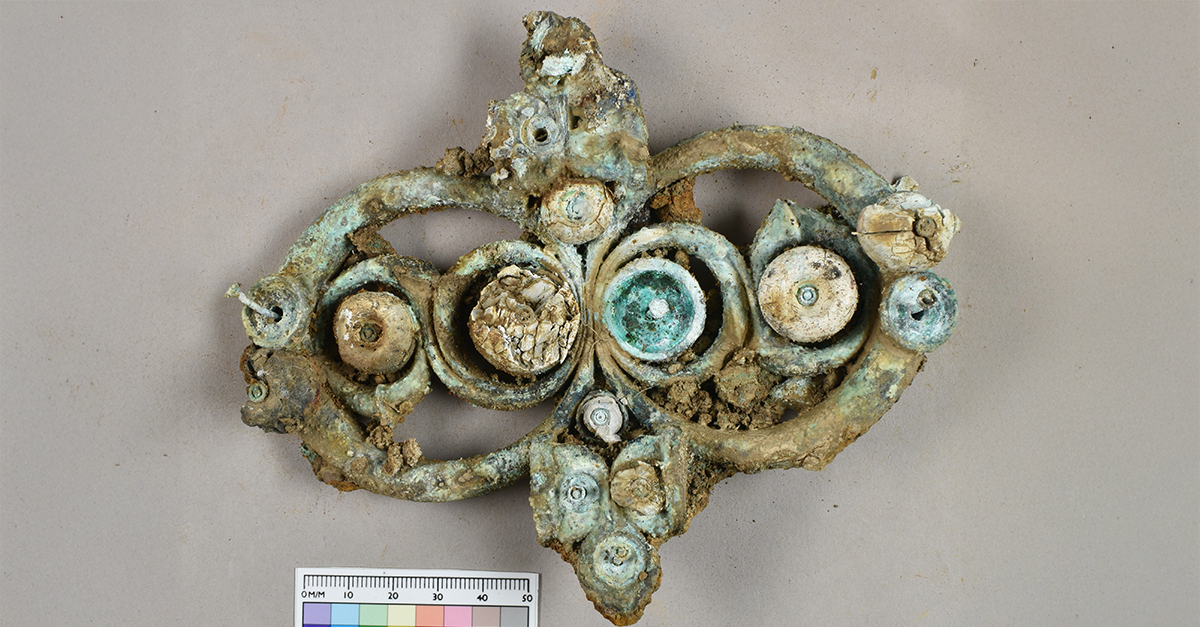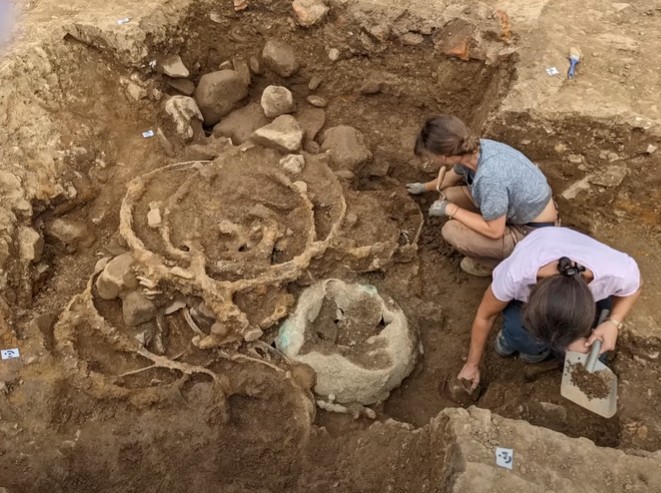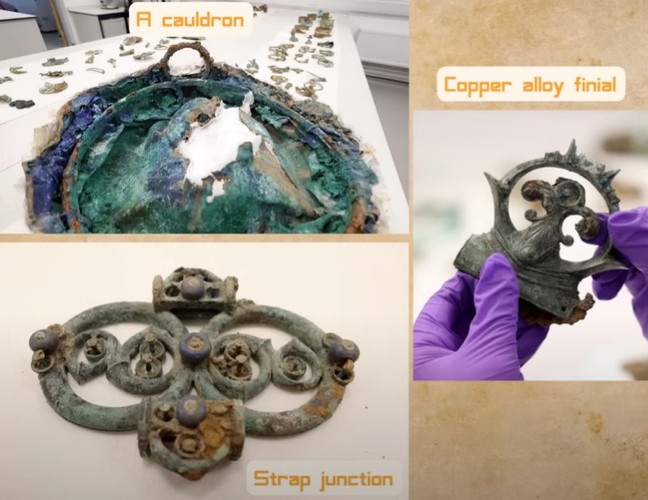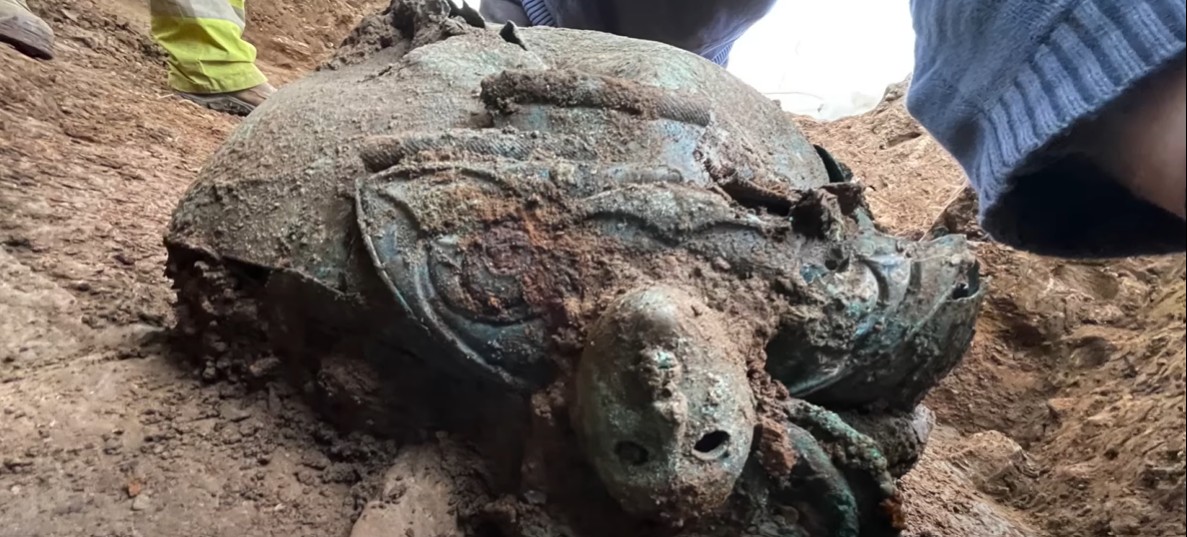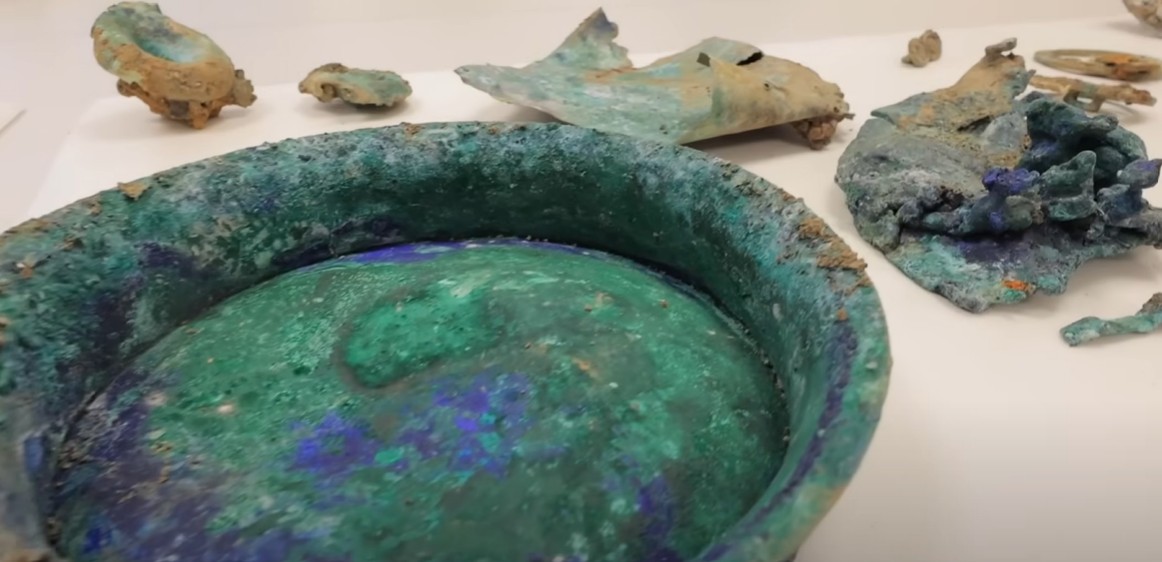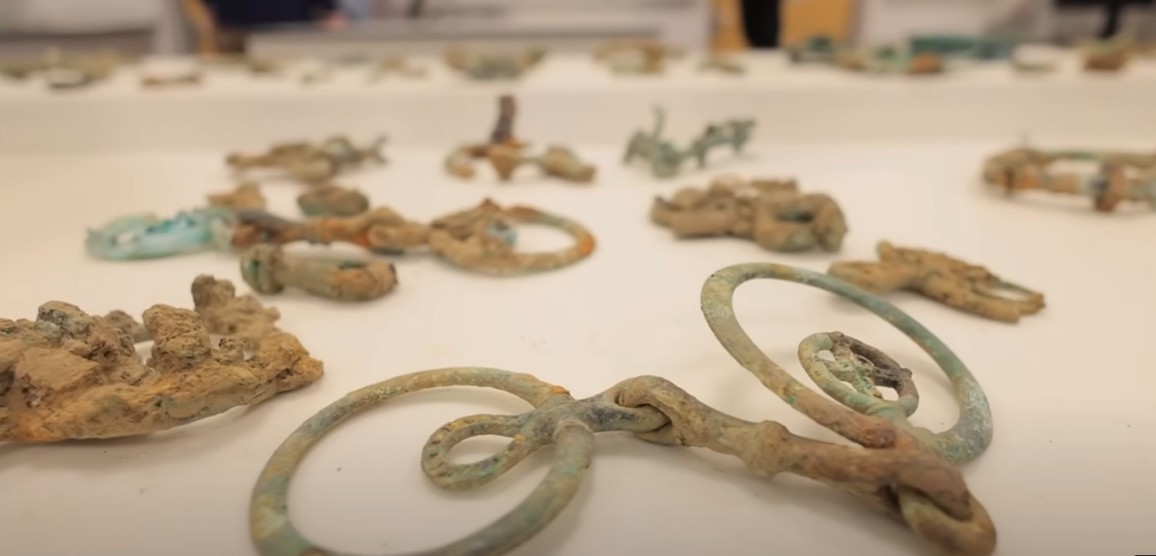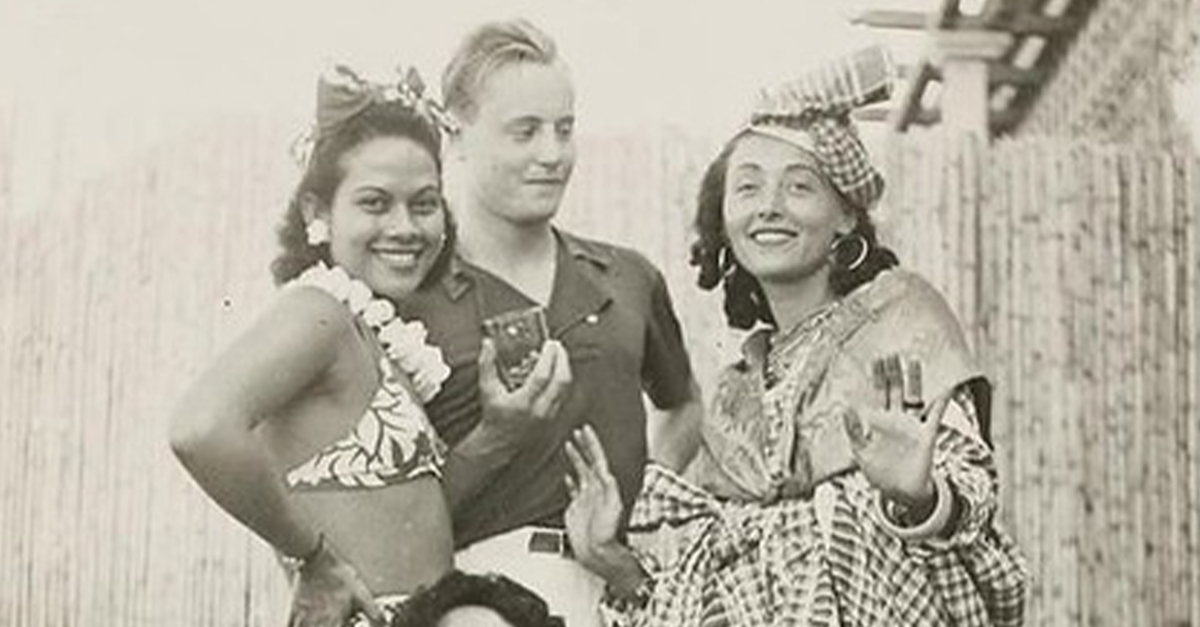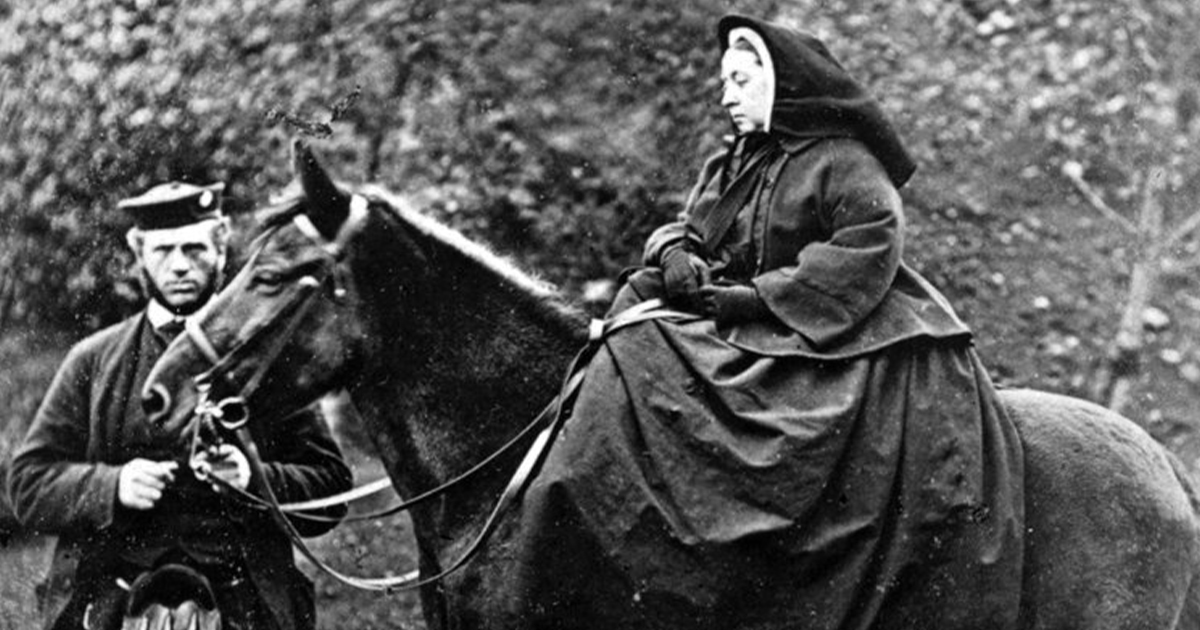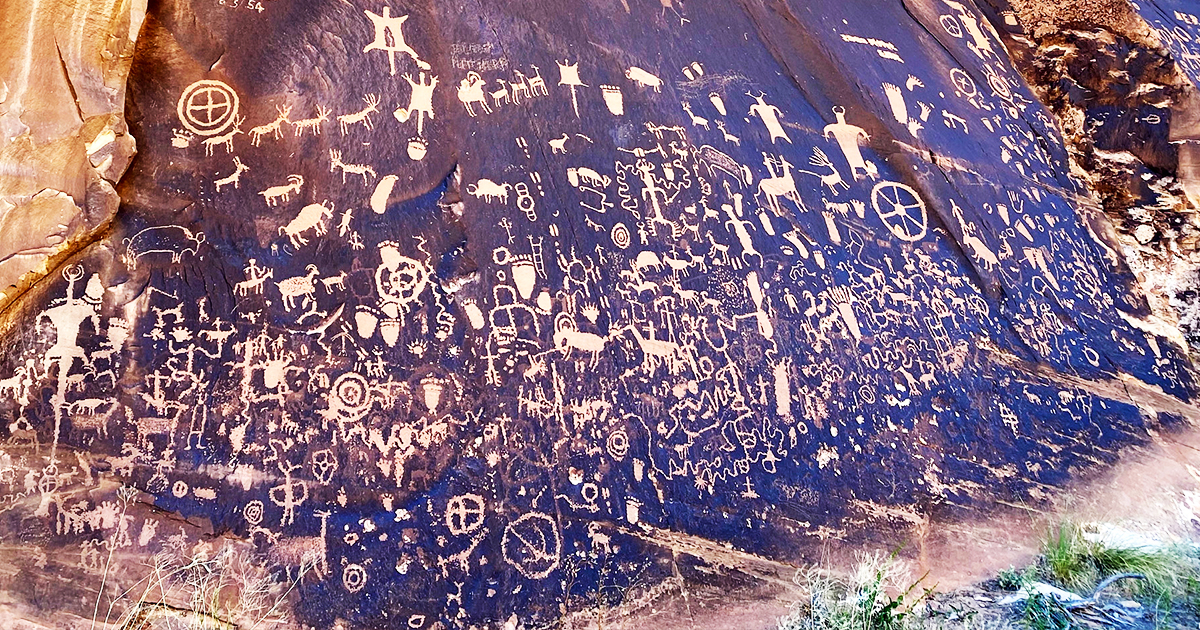In 2021, a man with a metal detector in North Yorkshire stumbled across one of the most significant Iron Age hoards ever found in the United Kingdom: the Melsonby Hoard. Buried near the village of Melsonby, the trove contains an amazing collection of gold and silver coins, jewelry, wagonan and chariot parts, riding tack, and other rare artifacts giving us a greater understanding of late Iron Age Britain.
Hoarders In A Turbulent Era
The hoard dates from 100 BC to the early Roman period. This period in Britain saw great social and political upheaval. The discovery of local and imported objects like Roman silver, is the sign of a society strongly influenced by trade, status, and ties to the European continent. The artifacts most likely belonged to a high-status person or group of people who buried them for safekeeping through troubled times.
Roll Call Of Melsonby Artifacts
This hoard is made up of over 100 items, including torcs, bracelets, and more than 40 gold and silver coins. Among the most celebrated pieces is a gold ring with a bezel that probably had some sort of symbolic or ceremonial importance. The craftsmanship of the torcs and jewelry are a showcase of local traditions and continental influences, especially from Gaul (modern-day France). It’s a dead giveaway that these ancient craftsmen really knew what they were doing!
A New Home At The Yorkshire Museum
In 2024, the Yorkshire Museum in York purchased the hoard for public exhibition after scraping together funding from a variety of heritage organizations. This bold move will safeguard the items so they’re accessible for research and education. Museum officials stress the importance of displaying the hoard locally to maintain ties with its historical context, adding value and meaning to the discovery.
A Historically Important Hoard
The Melsonby Hoard is great to look at and poke around in, but it’s also a critical data point in understanding all the historical and social influences of Iron Age Britain. It seems to indicate that Britain in this era wasn’t so isolated from broader European trends as we thought. It also suggests that elite groups in Britain used imported luxury goods to consolidate their place in society’s pecking order.
A Discovery Handled "By The Book"
This find was promptly reported under the UK’s Treasure Act, and the coroner’s inquest confirmed it as treasure. The law ensures that these types of discoveries are properly written up and assessed by experts. The finder and landowner were reimbursed appropriately, but the best possible outcome is that the collection is still intact and accessible to scholars and the public.
How Melsonby Stacks Up Against Other Hoards
The Melsonby Hoard heads to the top of a long list of great British Iron Age hoards, such as the Snettisham and Newark hoards. But Melsonby’s haul of coinage, jewelry, and tools, all in excellent condition, makes it uniquely comprehensive. Experts are unshakeable in their conviction that it offers clues about tribal boundaries, migration patterns, and other activities in pre-Roman Britain.
Public Fascination
Since its acquisition, the Yorkshire Museum has curated an immersive exhibition displaying the Melsonby Hoard in all its glory. Digital reconstructions and educational content give museum visitors a guide to the life and culture of Iron Age elites. The museum is pleased with the increased visitor interest and is looking at plans for traveling exhibits and online content to broaden the reach of the incredible discovery.
The Quest To Extract More
Archaeologists from Durham University and elsewhere are currently poring over the objects with intent to publish further results. Isotope and metallurgical analyses could yet tell us more about trade routes and local-versus-imported materials. According to Dr. Ben Roberts, formerly of the British Museum, the Melsonby hoard could “reshape our understanding of Iron Age wealth and ritual.”
You May Also Like:
The amazing discovery at Sutton Hoo overturned everything we thought we knew about the Anglo-Saxons.
Conquest And Colonization: The Lasting Legacy Of The Vikings In The British Isles

